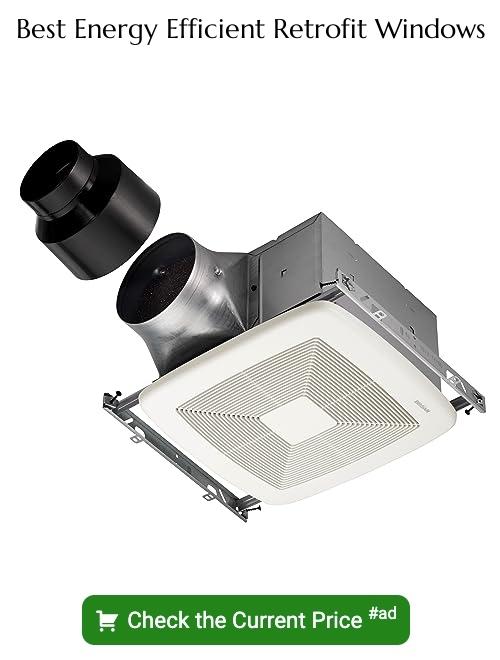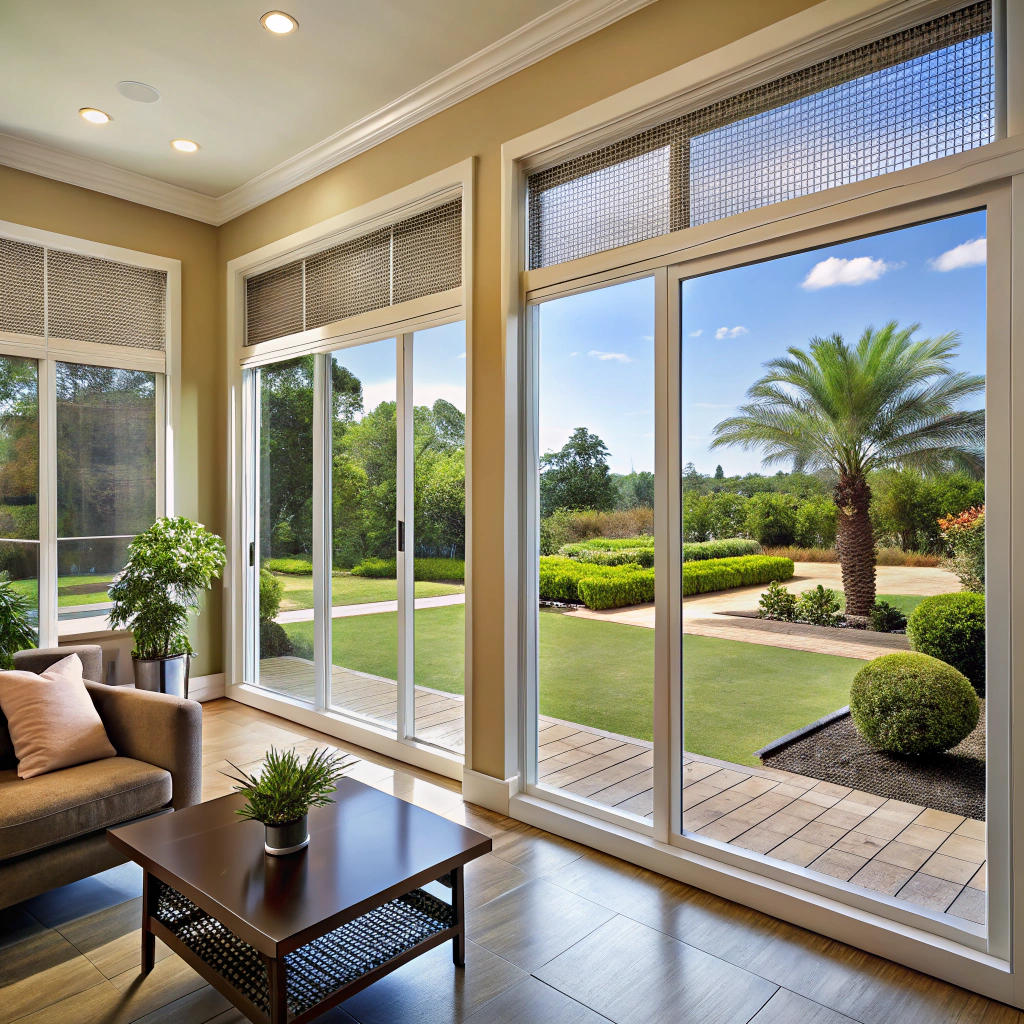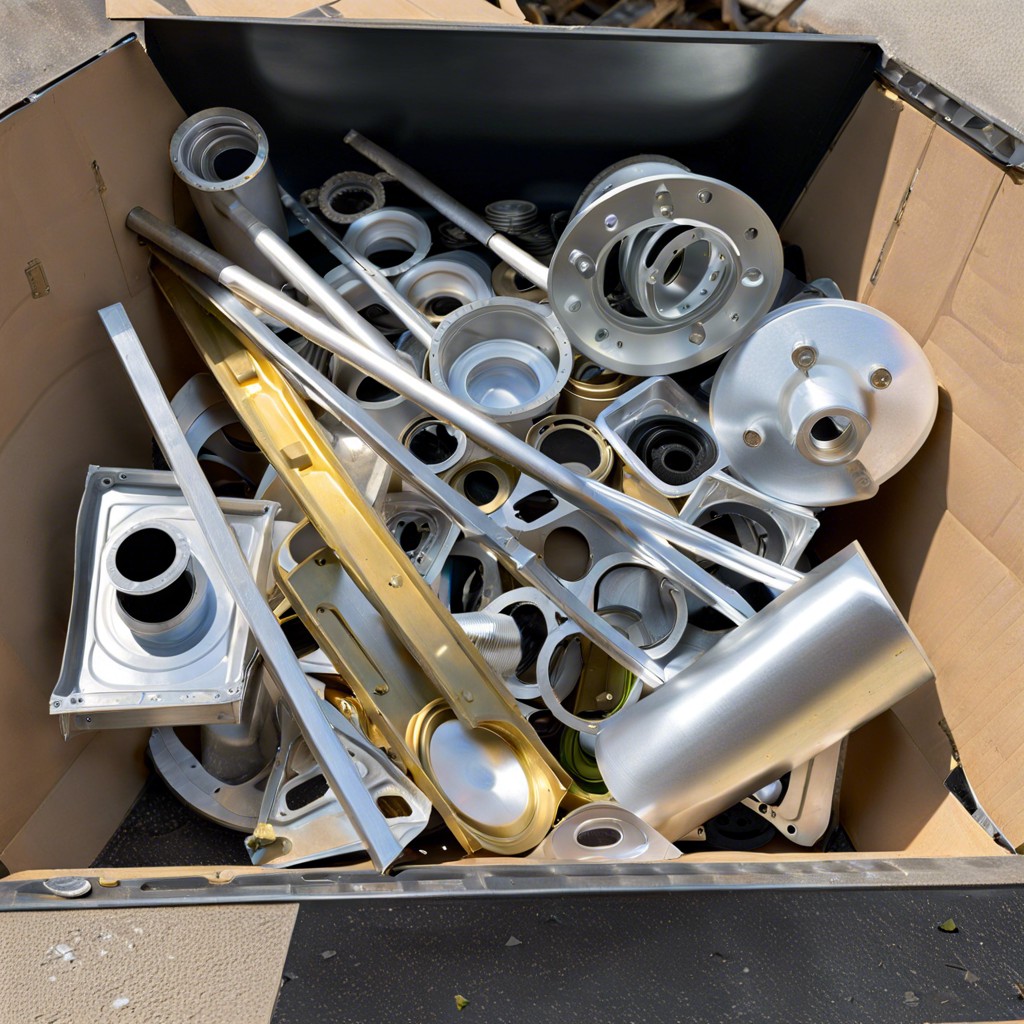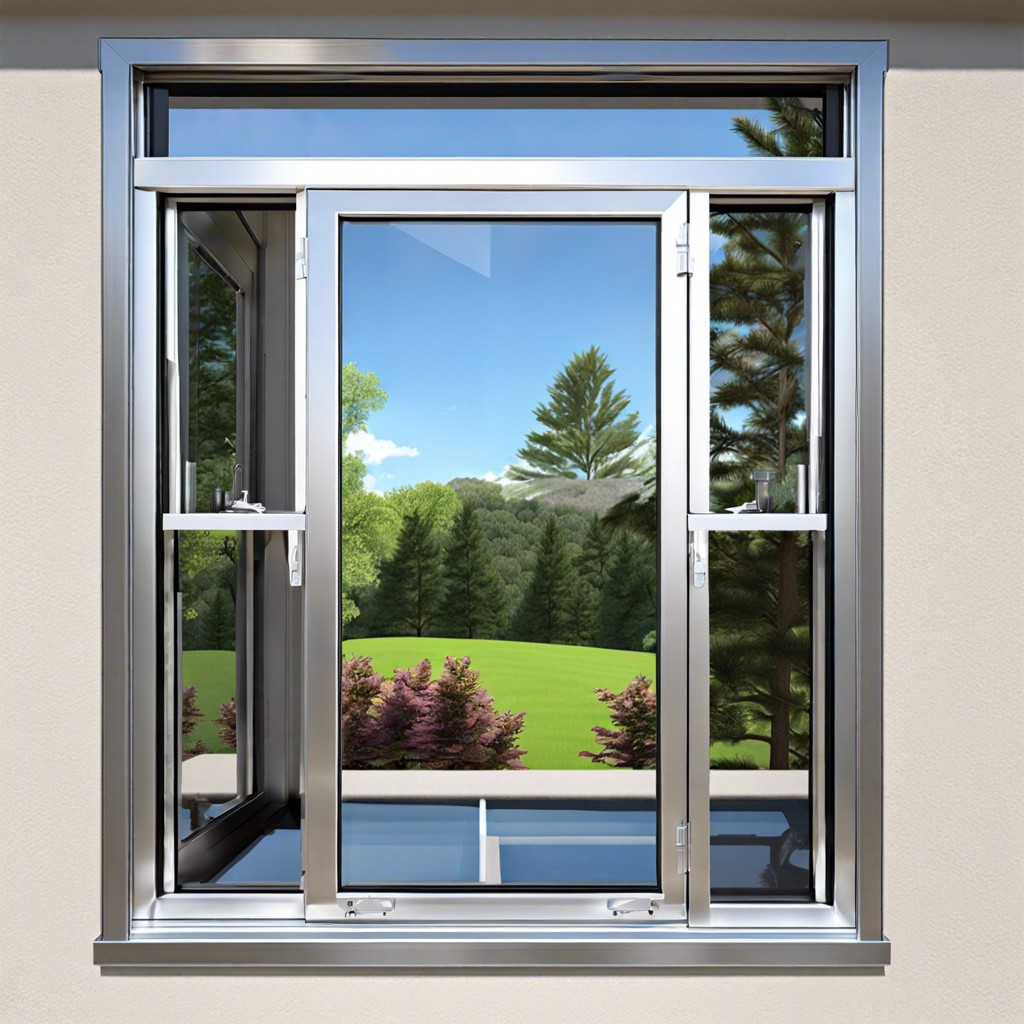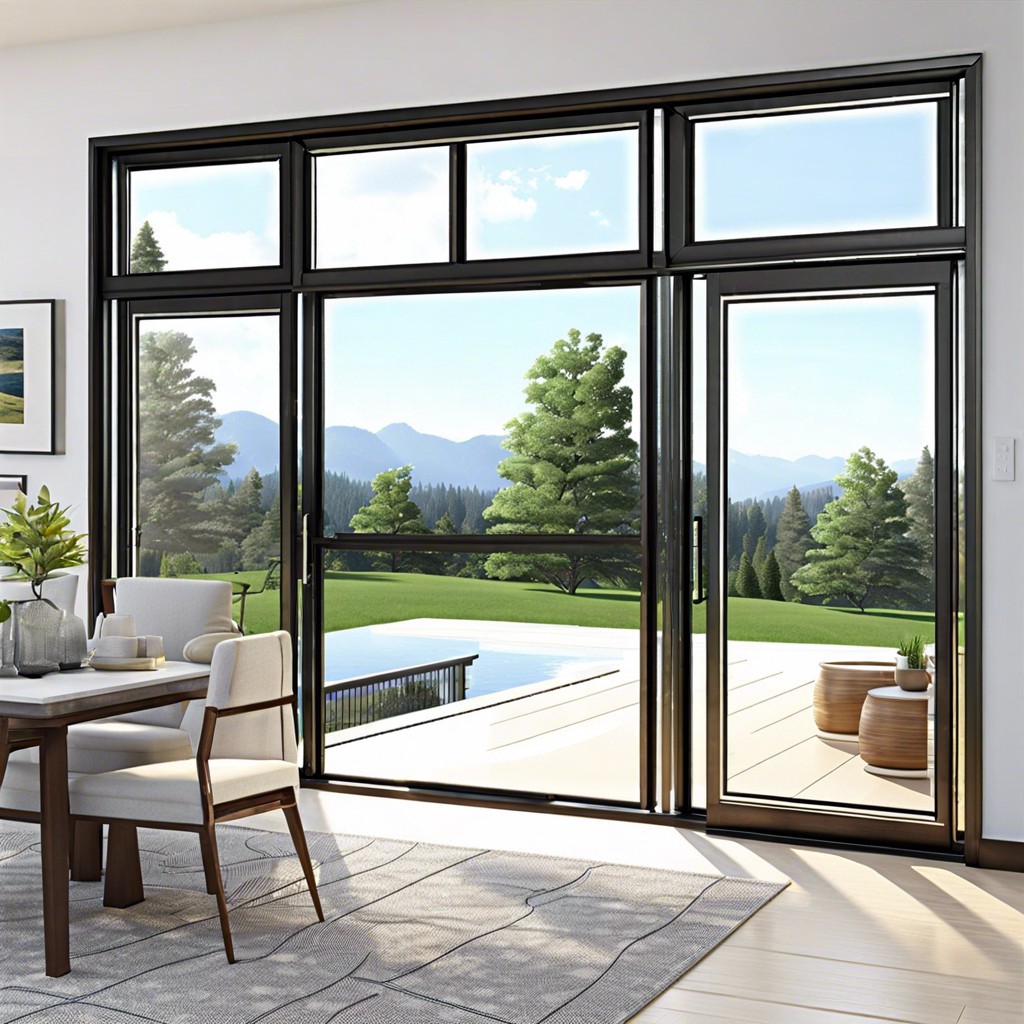Discover the world of retrofit windows as we delve into their benefits, installation process, and how they can transform your home’s energy efficiency and aesthetics.
Retrofitting is a term that’s commonly used in the construction industry. It refers to the process of upgrading or replacing existing parts or systems with newer, more efficient ones.
When it comes to windows, retrofitting can be an excellent way to improve your home’s energy efficiency without having to replace all of your windows. Retrofit windows are becoming increasingly popular among homeowners who want to save money on their energy bills and reduce their carbon footprint.
In this blog post, we’ll take a closer look at what retrofit windows are and why they might be a good choice for your home. So, let’s dive in!
Key takeaways:
- Retrofit windows improve energy efficiency without replacing all windows.
- Installation process: Remove old frame, insert new frame, seal with caulking.
- Types: Insert replacement windows, full-frame replacement windows.
- Considerations: Proper fit, energy efficiency, material, additional features.
- Benefits: Reduce energy bills, easy installation, aesthetic enhancement, security.
The Retrofit Window Process
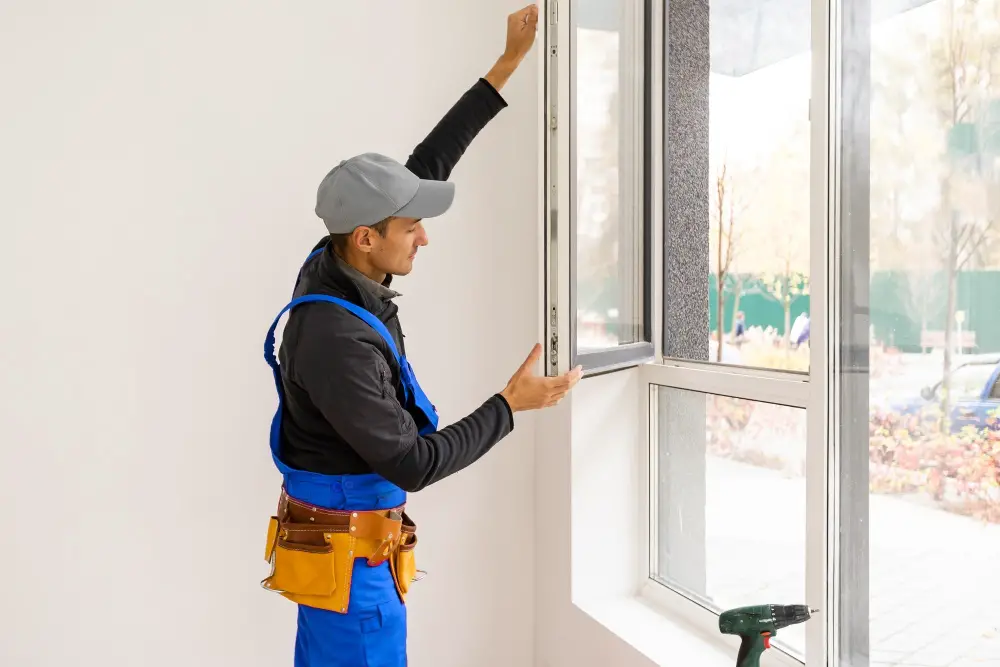
The installation process is relatively straightforward and can be completed in just a few hours per window. First, the old sash or frame is removed from the opening, leaving only the rough opening intact.
Next, new vinyl or aluminum frames are installed into this rough opening using screws or nails to secure them in place.
Once these frames are securely fastened to your home’s structure, double-paned glass windows are inserted into each individual frame section before being sealed with caulking around all edges for maximum insulation value.
Types of Retrofit Windows
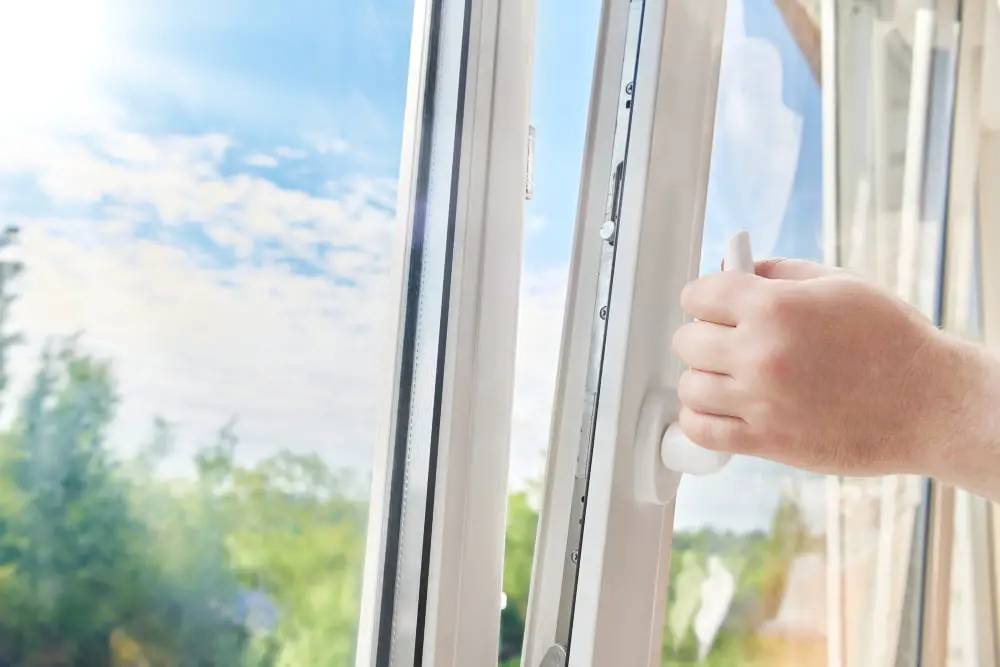
The most common types of retrofit windows include insert replacement windows and full-frame replacement windows.
Insert Replacement Windows: These are designed to fit into your existing window frame without having to remove the entire window structure. They’re a popular choice for homeowners who want an affordable and quick solution for improving their home’s energy efficiency.
Full-Frame Replacement Windows: This type of retrofit window involves removing the entire old window, including its frame, before installing a new one. Full-frame replacement is ideal if you have damaged or rotting frames that need replacing or if you want to change your current style of window entirely.
Both options offer benefits in terms of energy efficiency and aesthetics but choosing between them depends on factors such as budget, personal preference, and condition of existing frames.
Choosing the Right Retrofit Window
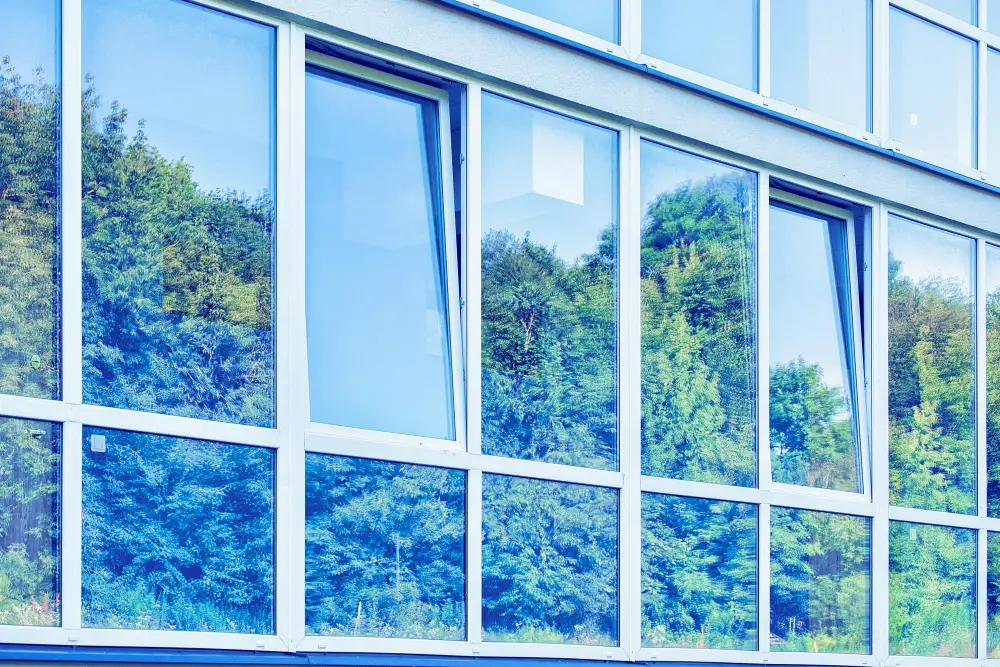
One of the most important things is selecting a window that fits properly in your existing frame. Retrofit windows come in different sizes and shapes, so you’ll need to measure your current windows carefully before making a purchase.
Another crucial factor is energy efficiency. Look for retrofit windows with low U-values and high R-values as they can help reduce heat loss during winter months while keeping out unwanted heat during summer months.
You should also consider the type of material used for the frame and glass panes. Vinyl frames are popular because they’re affordable, durable, and require little maintenance compared to other materials like wood or aluminum.
Lastly, think about any additional features you might want such as soundproofing or UV protection coatings on glass panes if you live near busy roads or have furniture that’s prone to fading from sunlight exposure.
Choosing the right retrofit window requires careful consideration of these factors along with personal preferences such as style options available from manufacturers.
Retrofit Window Materials
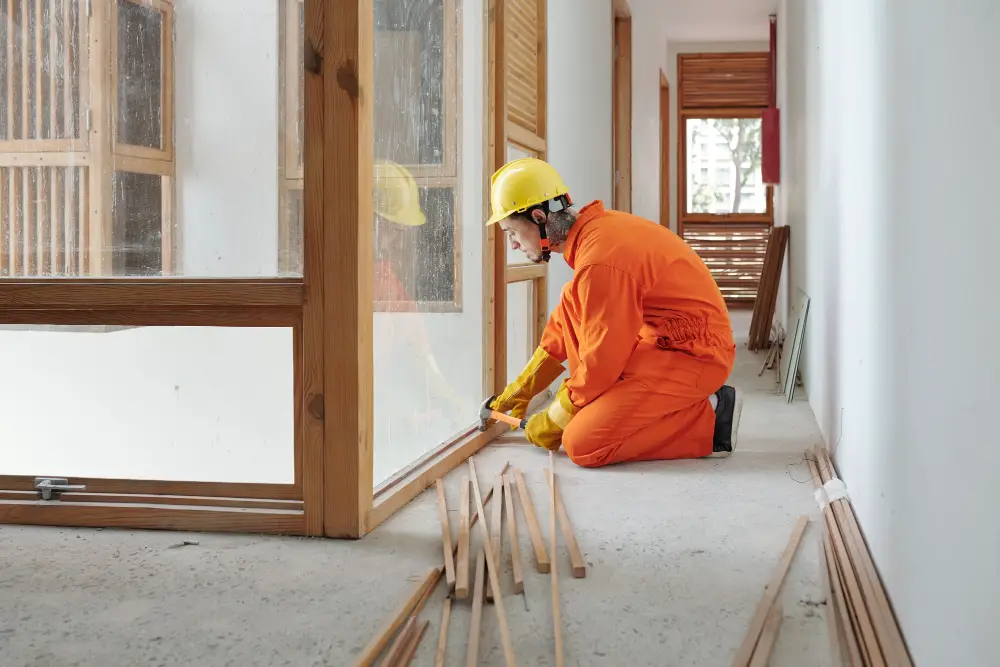
The most common retrofit window materials include vinyl, wood, aluminum, and fiberglass.
Vinyl is the most popular material for retrofit windows due to its affordability and low maintenance requirements. Vinyl frames are also energy-efficient as they provide excellent insulation against heat transfer.
Wooden frames offer a classic look that can enhance your home’s aesthetics while providing good insulation properties. However, wooden frames require more maintenance than other materials since they’re susceptible to rotting or warping if not properly cared for.
Aluminum is another option for retrofit window framing but has lower insulating properties compared to vinyl or wood. Aluminum is durable but may corrode over time if exposed to harsh weather conditions such as saltwater spray near coastal areas.
Fiberglass offers superior strength and durability compared to other frame types while still being energy efficient like vinyl options. Fiberglass also requires minimal upkeep making it an ideal choice for homeowners who want long-lasting performance without much hassle.
Benefits of Retrofit Windows
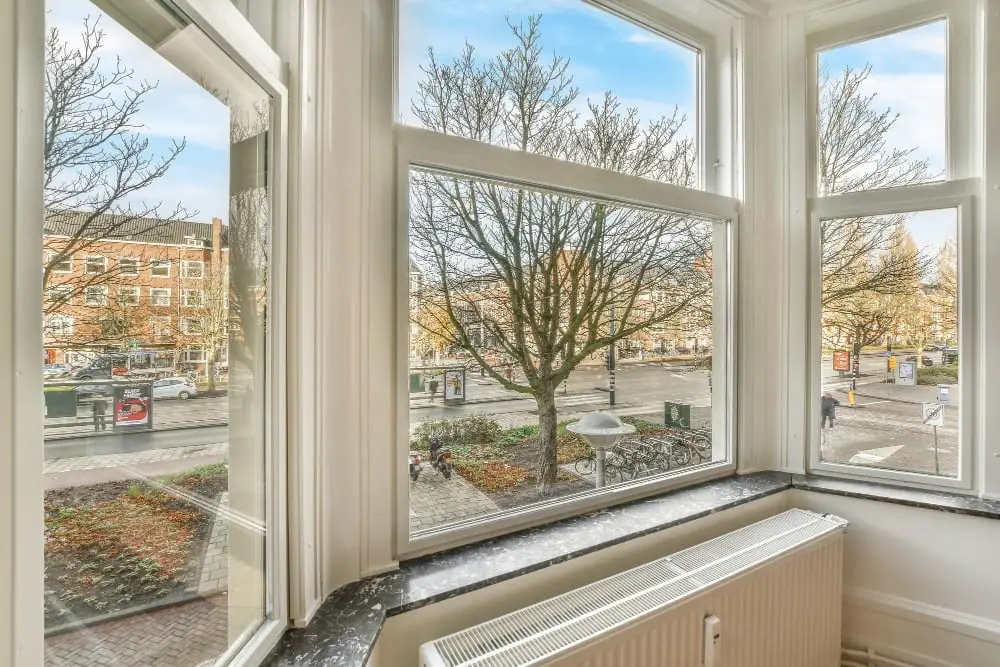
One of the most significant advantages is that retrofit windows can help reduce your energy bills by improving insulation and reducing air leakage. This means that you’ll be able to keep your home warmer in the winter and cooler in the summer without relying on heating or cooling systems as much, which can save you money over time.
Another benefit of retrofit windows is that they’re relatively easy to install compared to new construction windows, which require more extensive work such as removing old frames and installing new ones. Retrofitting involves fitting a new window into an existing frame, so it’s less disruptive than other types of window replacement.
In addition to these practical benefits, retrofit windows also offer aesthetic advantages. They come in various styles and materials like vinyl or wood-grain finishes that can enhance your home’s curb appeal while providing better functionality than older models.
Disadvantages of Retrofit Windows
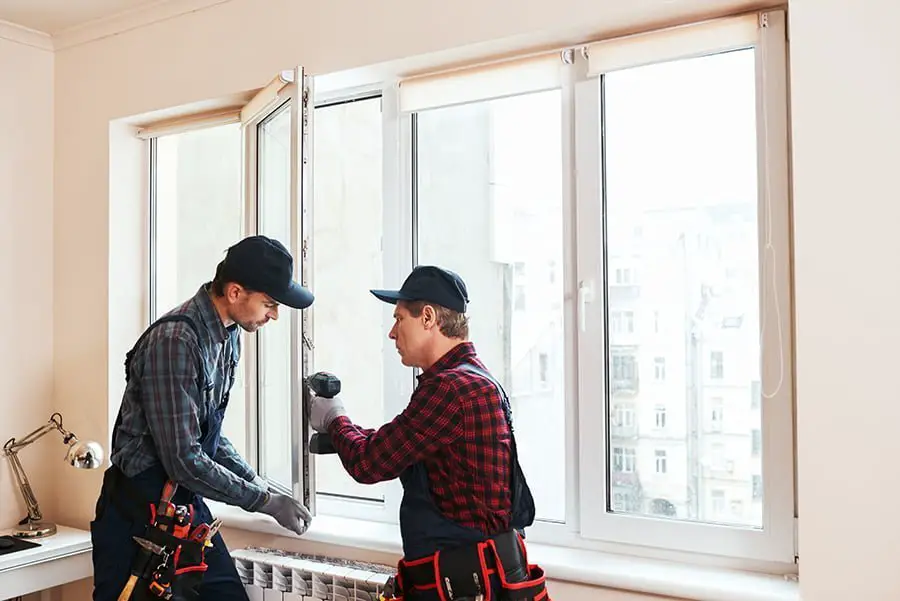
One of the main drawbacks is that retrofitting can be more expensive than new construction windows in some cases. This is because the installation process requires additional labor and materials to ensure a proper fit with your existing window frames.
Another disadvantage of retrofit windows is that they may not provide as much energy efficiency as new construction options. While you can still improve your home’s energy efficiency by upgrading to retrofit windows, it may not be as significant compared to installing brand-new, high-performance units.
If your existing window frames are damaged or rotting, then retrofits may not be an option for you at all. In this case, replacing the entire window unit would likely be necessary.
Retrofit Windows Vs. New Construction
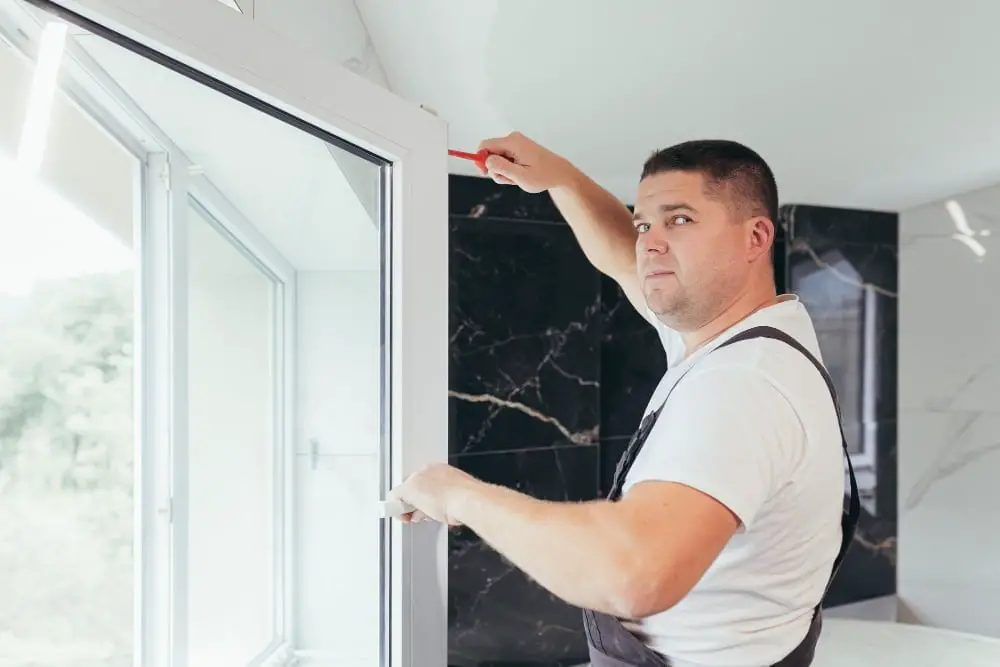
New construction windows are designed for homes that are being built from scratch, while retrofit windows can be installed in existing homes without the need for major structural changes.
One of the main advantages of retrofitting is that it’s a more cost-effective option than installing new construction windows. Retrofitting involves removing only the window sashes and leaving the frame intact, which means less labor and materials are required compared to installing entirely new frames.
Another advantage of choosing a retrofit window over a new construction one is that they’re typically quicker to install. Since there’s no need for extensive demolition work or modifications to your home’s structure, installation times can be significantly reduced with retrofits.
However, if you’re building a brand-new home or undertaking significant renovations where walls will be removed down to studs then opting for new-construction style may make sense as this allows greater flexibility in terms of design choices such as size and shape since everything will be custom made according to specifications rather than fitting into an existing space like with retrofits.
Advantages of New Construction Windows
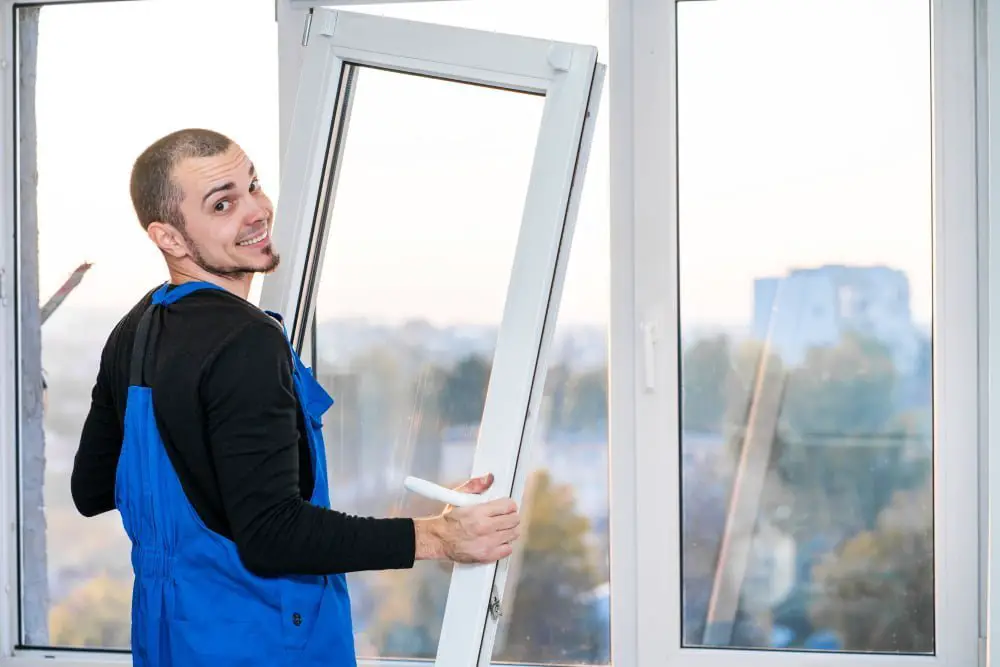
Unlike retrofit windows, which are designed to fit into existing window frames, new construction windows require the removal of the entire window frame and installation of a completely new unit. This process can be more time-consuming and expensive than retrofitting, but it offers several advantages.
One significant advantage of new construction windows is that they allow for greater customization in terms of size, shape, and style. With retrofitting options limited by the size and shape of your existing frames, you may not be able to achieve your desired look or functionality with these types of replacement units.
Another benefit is that installing brand-new energy-efficient windows can significantly reduce heating and cooling costs over time compared to older models or even some retrofitted ones. Newer models often have better insulation properties than their predecessors due to advancements in technology.
Disadvantages of New Construction Windows
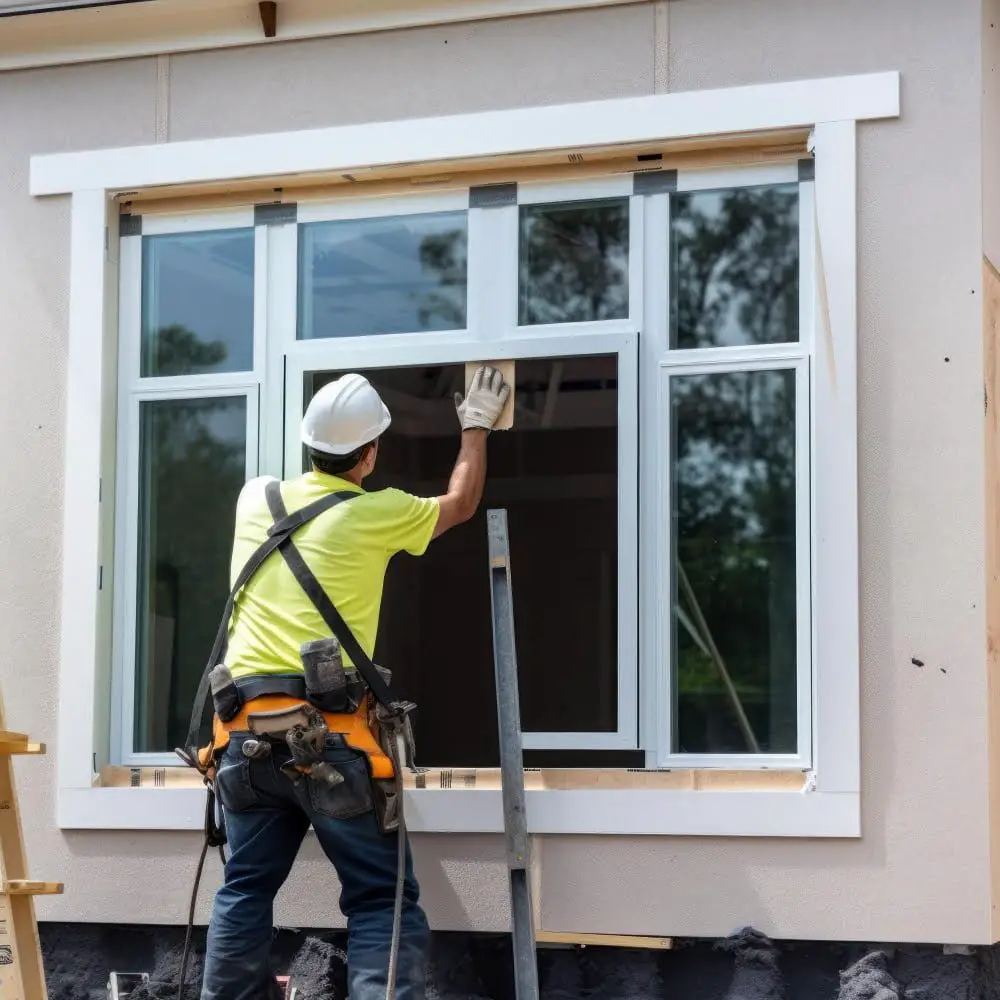
One of the biggest drawbacks is the cost. New construction windows are typically more expensive than retrofit windows because they require a complete removal and replacement of the existing window frame.
This means that you’ll need to hire a contractor to do the work, which can add significantly to your overall costs.
Another disadvantage of new construction windows is that they can be time-consuming and disruptive to install. The installation process involves removing all existing trim and siding around each window opening, installing a new frame, flashing it properly for water resistance, then adding insulation before finally installing your chosen type of window.
If you’re looking for an exact match or custom design for your home’s architecture style or color scheme when replacing all your old house’s original wood-framed sash units with modern vinyl ones – this may not always be possible with off-the-shelf options available in stores today as many manufacturers only offer limited colors or styles compared against traditional wooden frames which could be painted any color under sun according homeowner preferences.
When to Choose Retrofit or New Construction Windows
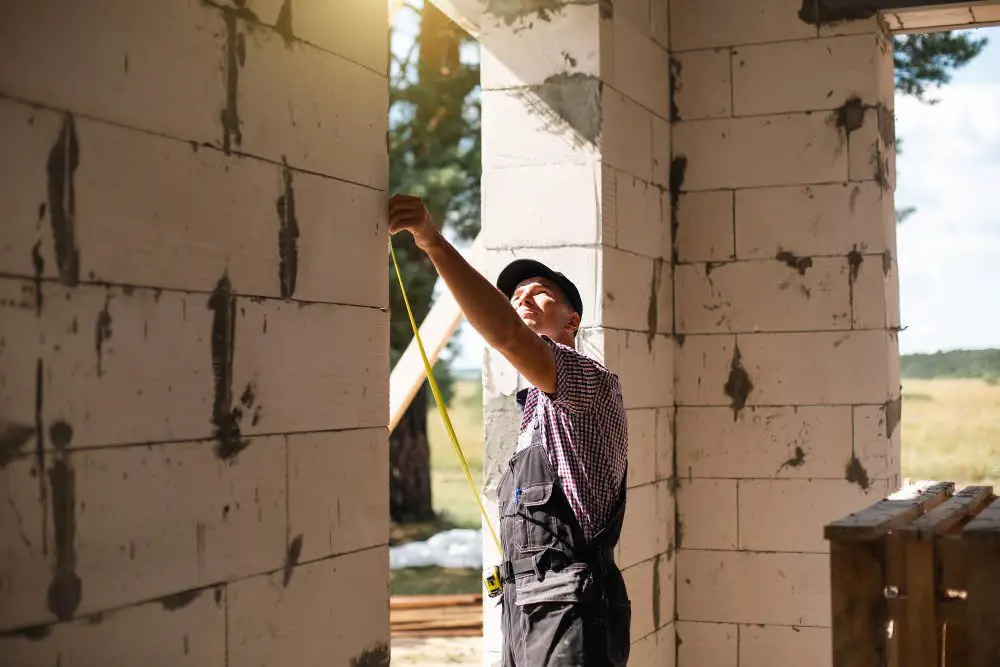
If you’re building a new home or doing major renovations that involve removing the existing window frames, then new construction windows may be the best option for you. New construction windows are designed to be installed in an opening with no existing frame and can provide better energy efficiency than retrofit options.
On the other hand, if your current window frames are still in good condition but need some upgrades such as improved insulation or double glazing, then retrofitting might be more cost-effective. Retrofitting is also less invasive since it involves installing a new sash into your existing frame rather than replacing everything.
Ultimately, whether you choose retrofit or new construction windows will depend on your specific needs and budget constraints.
Energy Efficiency of Retrofit Windows
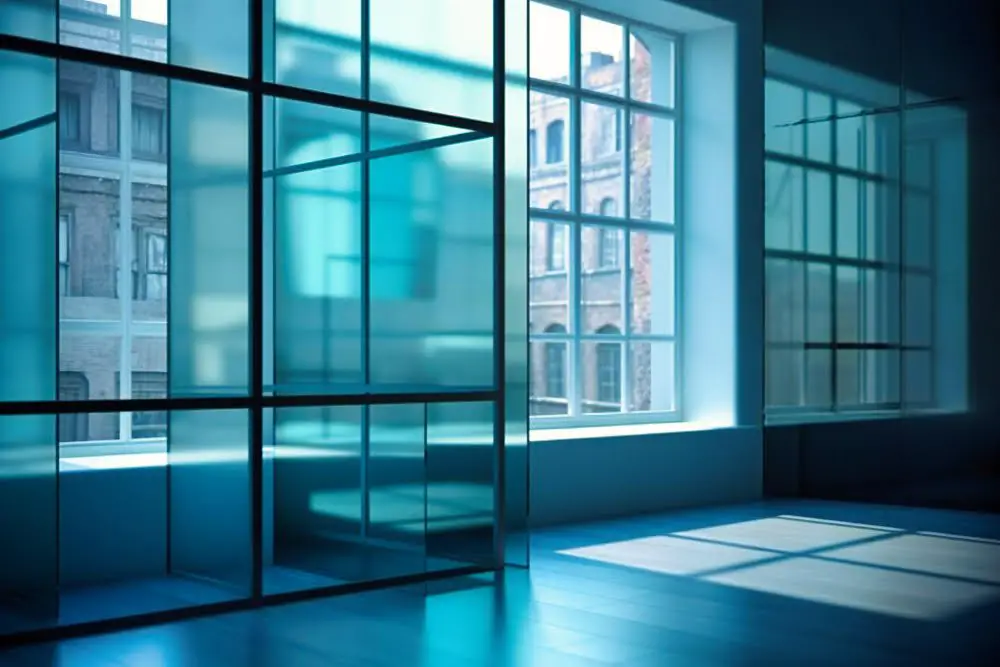
They can help reduce heat loss during the winter and keep your home cooler in the summer, which means you’ll spend less money on heating and cooling costs. Retrofit windows typically have double or triple panes of glass with low-emissivity coatings that reflect heat back into your home, preventing it from escaping through the window.
In addition to their insulating properties, retrofit windows also come with weatherstripping around the frame that helps prevent drafts from entering your home. This feature is especially important for older homes where air leaks are common due to worn-out seals around existing windows.
When shopping for retrofit windows, look for those with a high Energy Star rating as they meet strict guidelines set by government agencies regarding energy efficiency standards. By choosing these types of retrofit windows over traditional single-pane models or even older double-pane ones without low-e coatings and weatherstripping features will save you money on utility bills while reducing greenhouse gas emissions associated with heating and cooling homes.
Installing Retrofit Windows
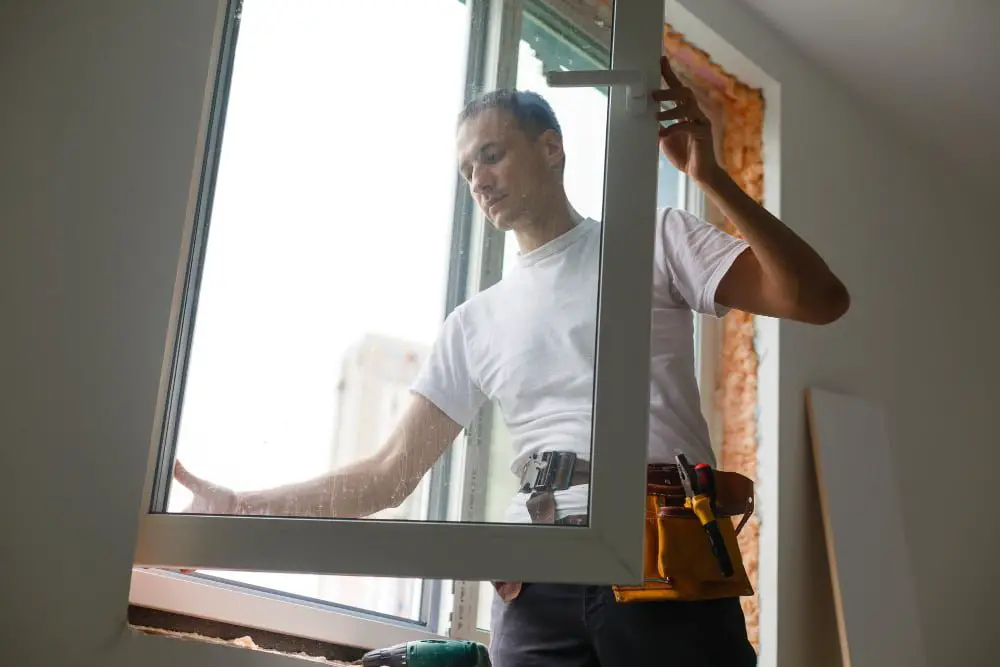
The first step in the installation process is to remove the old window frame and any remaining debris from around the opening. Once this has been done, the new retrofit window can be installed into place.
One of the benefits of retrofit windows is that they are designed to fit snugly into existing openings, which means there’s no need for extensive modifications or alterations to your home’s structure. This makes them an excellent choice for homeowners who want to upgrade their windows without having to undertake major renovations.
During installation, it’s important that all gaps between the new window and its frame are sealed properly with weatherstripping or caulking. This will help prevent air leaks and ensure maximum energy efficiency.
It’s worth noting that while installing retrofit windows may seem like a simple task, it should always be carried out by an experienced professional who has knowledge of local building codes and regulations.
Cost Consideration for Retrofit Windows
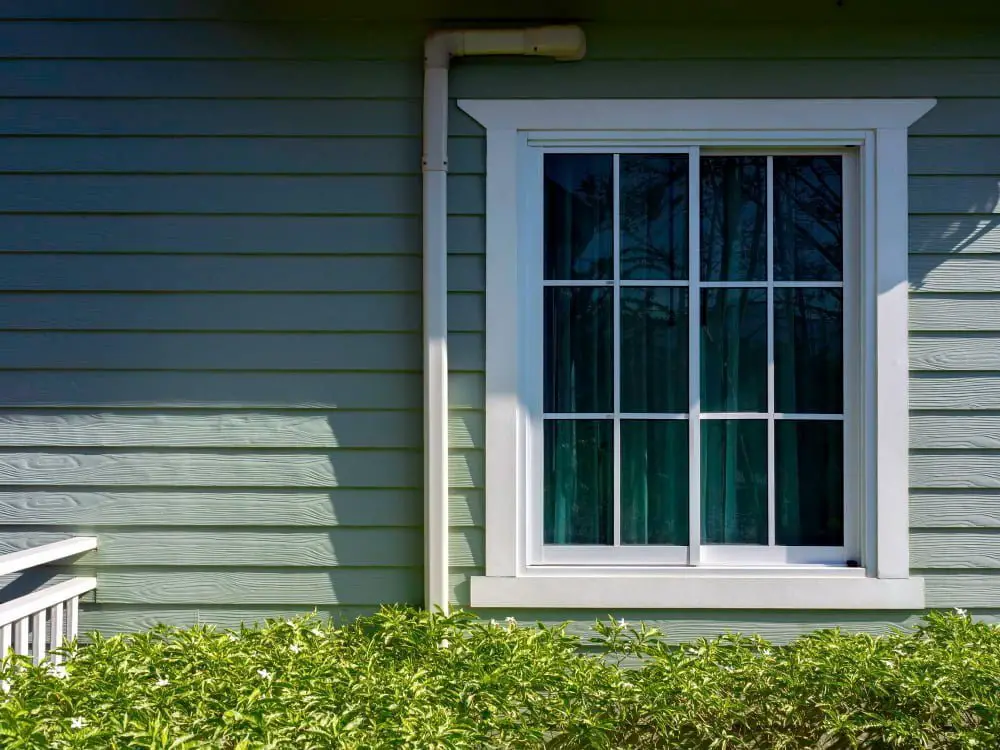
The good news is that retrofitting your existing windows can be more affordable than replacing them entirely with new construction windows. However, the cost of retrofitting will depend on several factors such as the size and number of your existing windows, the type of materials used in constructing them, and any additional features you may want to add.
Generally speaking, vinyl or aluminum frames are less expensive than wood frames when it comes to retrofit window installation costs. Opting for standard sizes rather than custom-made ones can also help reduce costs.
It’s important to note that while choosing cheaper options might save you money upfront; they may not always be the best long-term investment since they could compromise energy efficiency or durability over time.
Aesthetic Options for Retrofit Windows
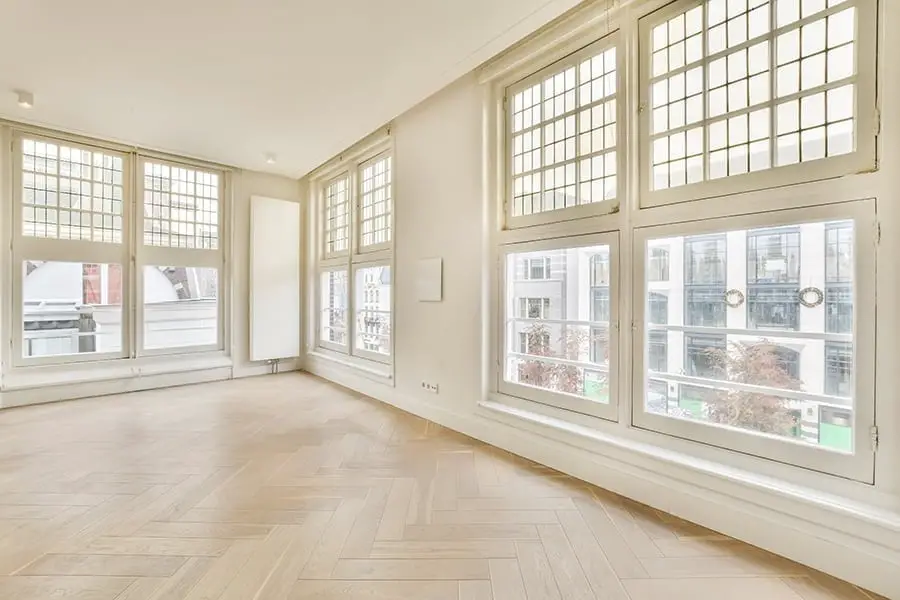
Retrofit windows are available in various styles and designs that can complement any home’s architecture and enhance its curb appeal. Some popular retrofit window styles include double-hung, casement, awning, sliding, bay or bow windows.
Double-hung retrofit windows are the most common type of replacement window style. They feature two sashes that slide up and down within the frame for ventilation purposes.
Casement retrofits open outward like a door with hinges on one side while awning retrofits hinge at the top allowing them to swing outwards from the bottom creating an “awning” effect over your opening.
Sliding retrofits glide horizontally along tracks at both ends of their frames making them ideal for spaces where there is limited vertical space such as basements or patios.
Bay or bow retrofits create additional interior space by projecting outwards from your home’s exterior wall providing more natural light into your room while adding architectural interest outside.
Maintenance and Care for Retrofit Windows
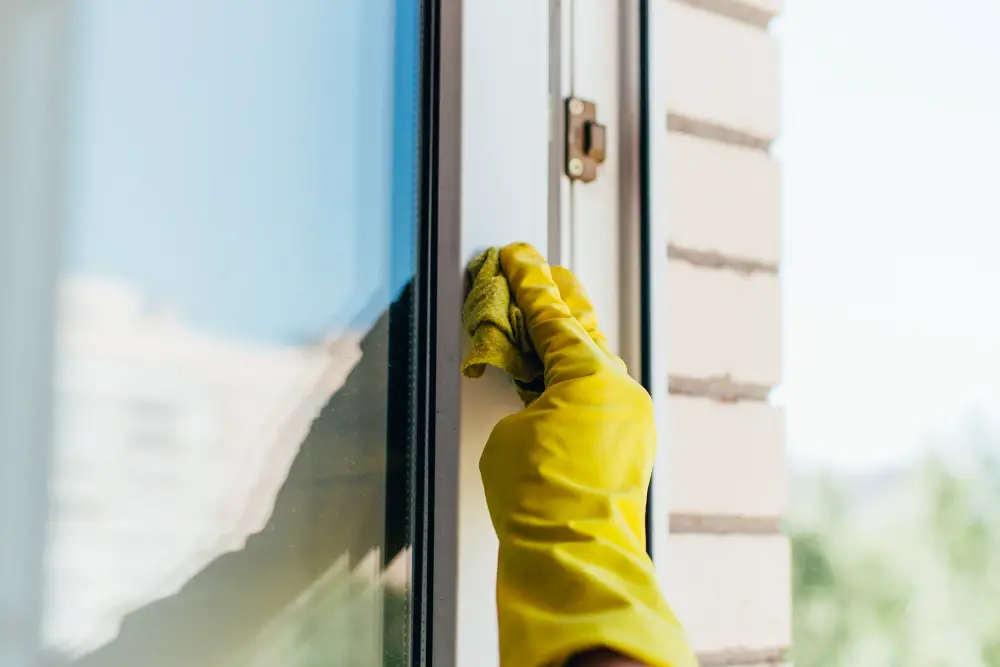
Proper maintenance can help extend the life of your windows and keep them looking great for years to come.
One essential aspect of maintaining retrofit windows is cleaning them regularly. Dirt, dust, and other debris can accumulate on the surface of your window frames or glass panes over time.
To clean these areas effectively, use a soft cloth or sponge with mild soap and water solution.
Avoid using abrasive cleaners that could scratch the surface or damage any coatings on the glass panes. Also avoid using high-pressure washers as they may cause damage to seals around window frames leading to air leaks.
Another critical factor in maintaining retrofit windows is inspecting their condition periodically. Check for signs such as cracks in frame corners which may indicate structural issues that need repair by a professional technician before they worsen into bigger problems like air leakage during winter months when temperatures are low outside but warm inside homes due heating systems running continuously without proper insulation from well-maintained retrofitted doors/windows etcetera!
Retrofit Windows and Home Security
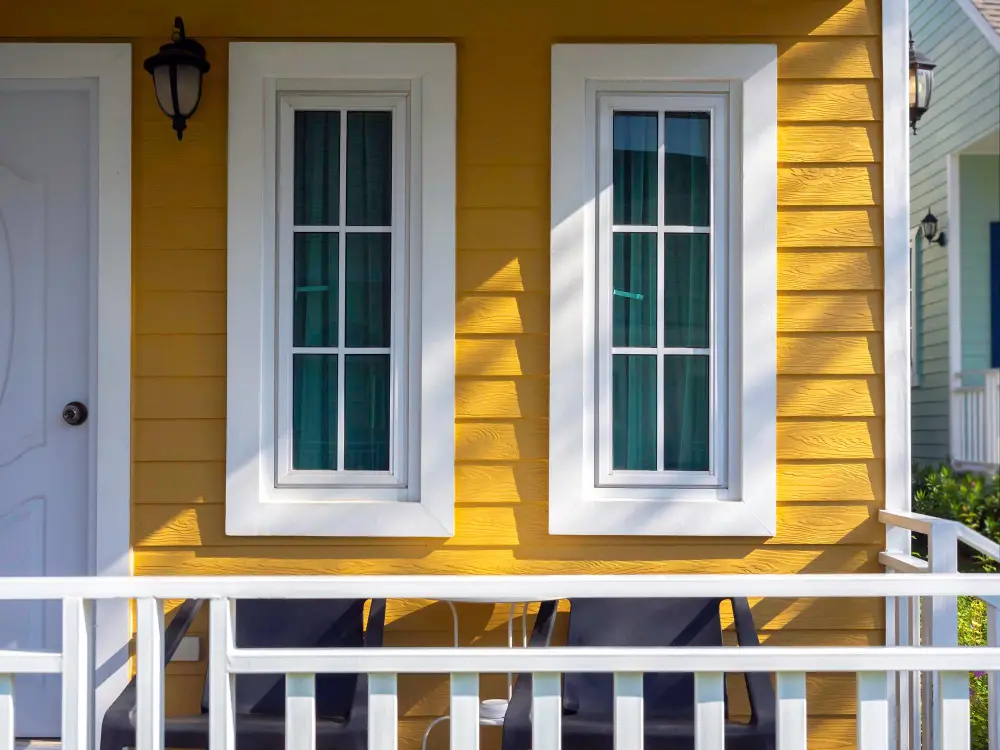
Retrofit windows are designed to fit into existing window frames, making them more secure than traditional single-pane or older double-pane windows. They come with advanced locking mechanisms that make it difficult for intruders to break in through the window.
Moreover, retrofit windows can be customized with additional security features such as laminated glass or reinforced frames that provide extra protection against forced entry attempts. These added layers of protection can give you peace of mind knowing that your home is safe and secure.
When choosing retrofit windows for enhanced security, consider factors such as the type of glass used, frame material strength, and locking mechanism quality. It’s essential to work with a reputable installer who understands how to install these features correctly while maintaining their effectiveness.
Retrofit Window Warranties

It’s essential to understand what your warranty covers before making a purchase. Most retrofit window warranties cover defects in materials or workmanship for a specific period, usually ranging from 10 to 20 years.
Some manufacturers offer extended warranties that cover glass breakage, seal failure, and other issues not covered by standard warranties. However, these extended warranties often come at an additional cost.
It’s crucial to read the fine print of any warranty carefully and ask questions if you’re unsure about anything. Some common exclusions include damage caused by improper installation or maintenance or natural disasters such as hurricanes or earthquakes.
Retrofit window warranties can provide peace of mind knowing that your investment is protected against defects in materials and workmanship for a specified period.
FAQ
What is the difference between retrofit and new windows?
The difference between retrofit and new windows is that a retrofit involves removing only the window sash, while a full replacement removes the entire window frame and sash, making the latter more expensive and labor-intensive.
What are the disadvantages of retrofit windows?
The disadvantages of retrofit windows include their inability to fix leaking or drafty windows as the issue typically stems from old frames.
Are retrofit windows more expensive?
Yes, retrofit windows are more expensive compared to new construction windows, and they also require more time for installation.
Is it OK to retrofit Windows?
Yes, retrofitting Windows is OK as it involves a straightforward swap without altering the frame, providing an affordable solution while improving quality.
What factors should be considered when choosing between retrofit and new windows for a home renovation project?
When choosing between retrofit and new windows for a home renovation project, consider factors such as energy efficiency, installation cost, time, aesthetics, and the condition of the existing window frame.
How do the installation processes differ between retrofit windows and new construction windows?
Retrofit windows are installed within the existing window frame, while new construction windows require the removal of the entire existing window and its frame.
Can retrofit windows improve energy efficiency in older homes, compared to new construction windows?
Yes, retrofit windows can improve energy efficiency in older homes, as they are designed to enhance the performance of existing structures, unlike new construction windows that are designed for new buildings.
Recap
